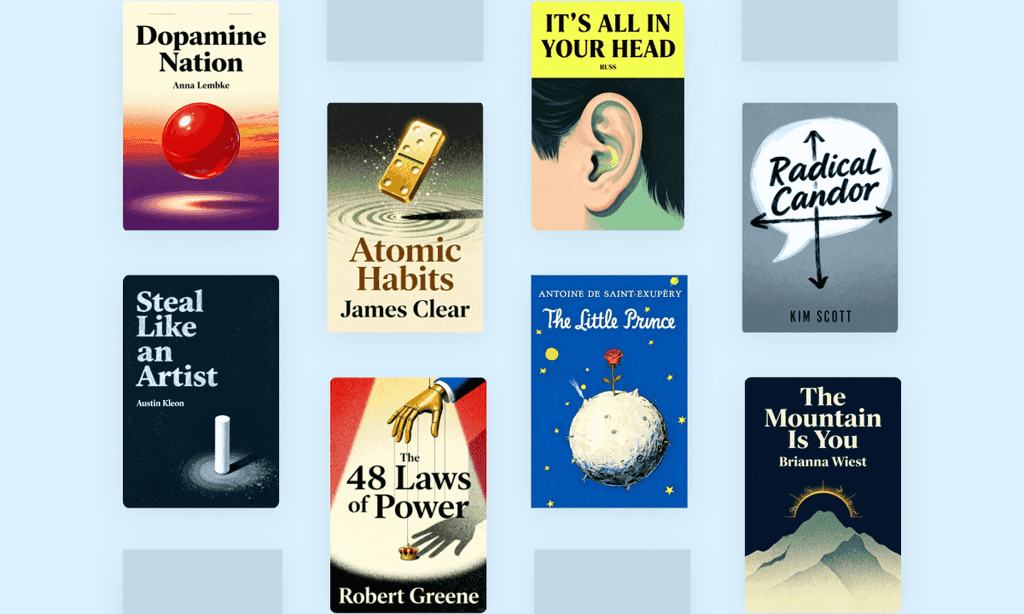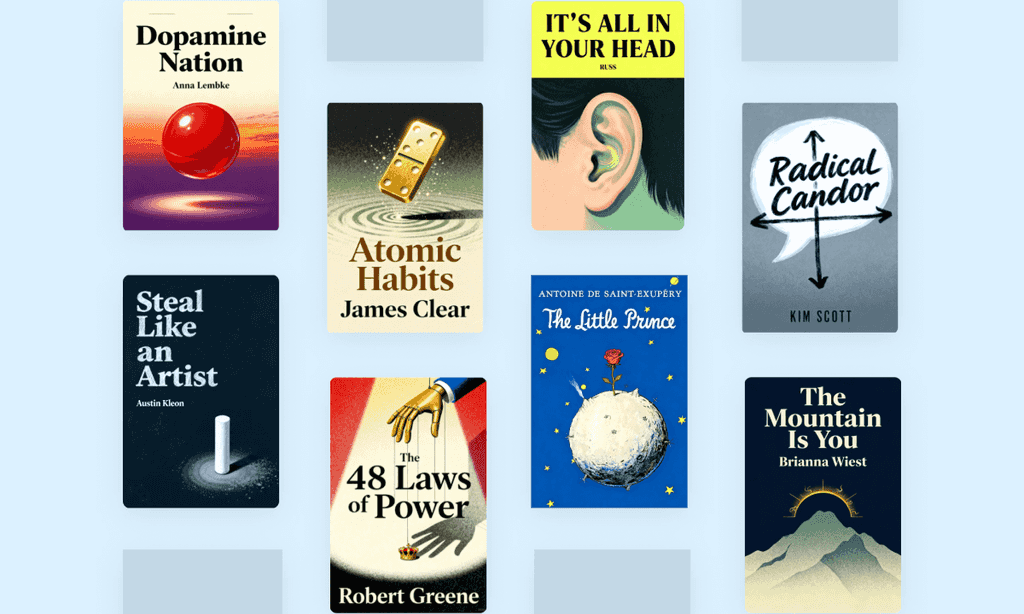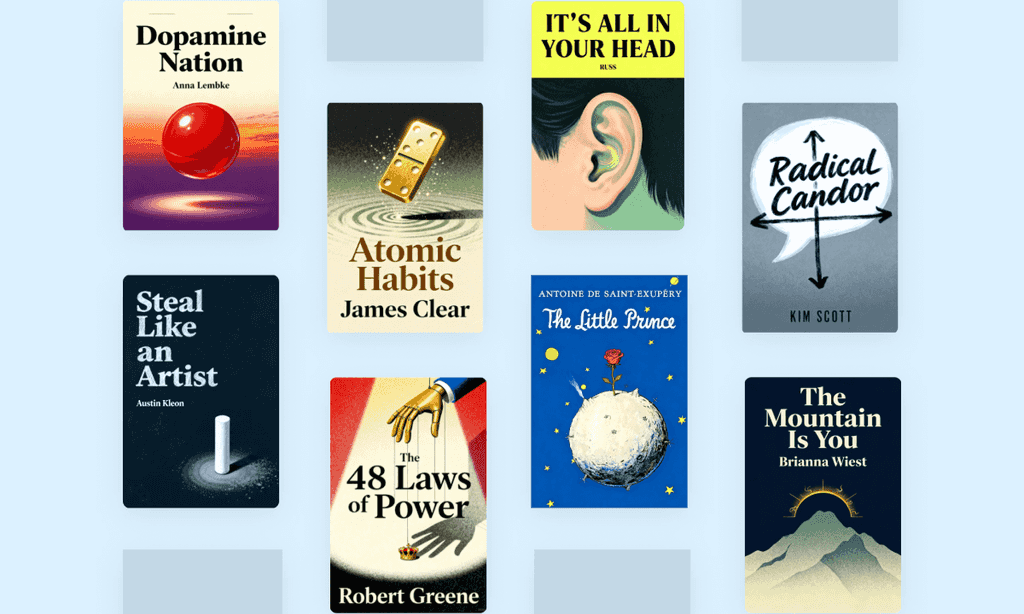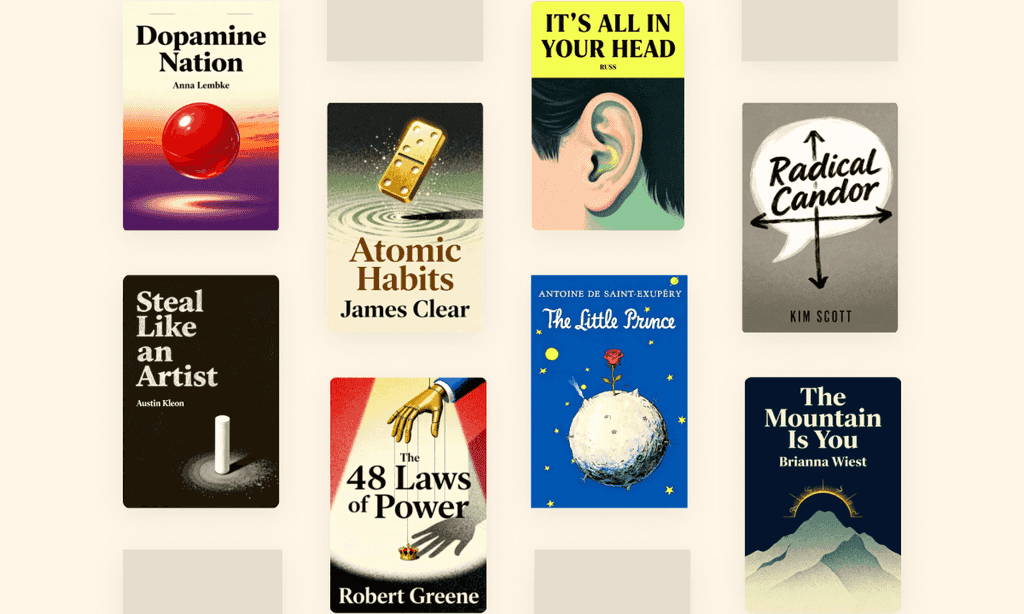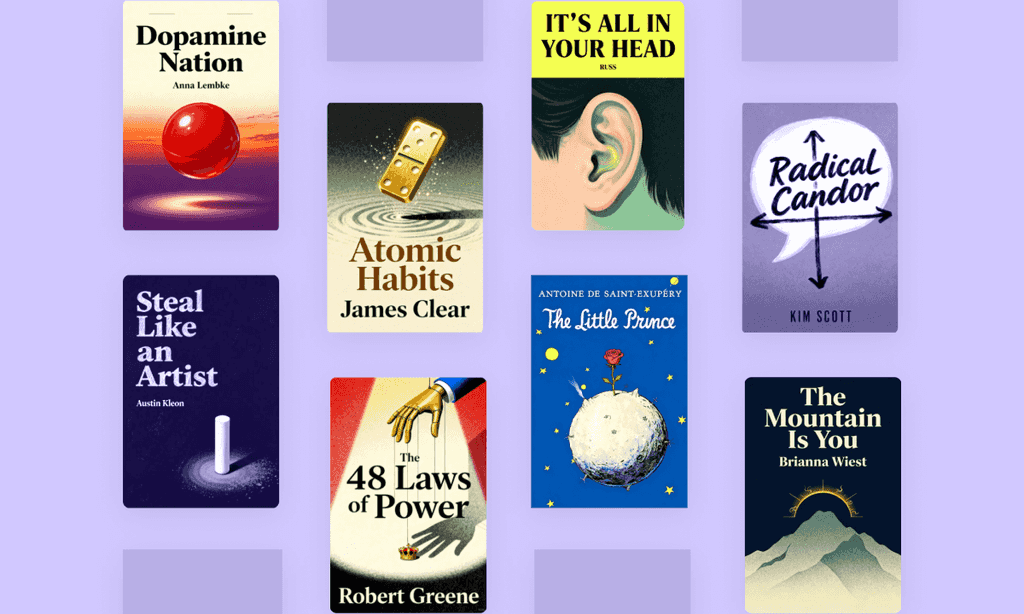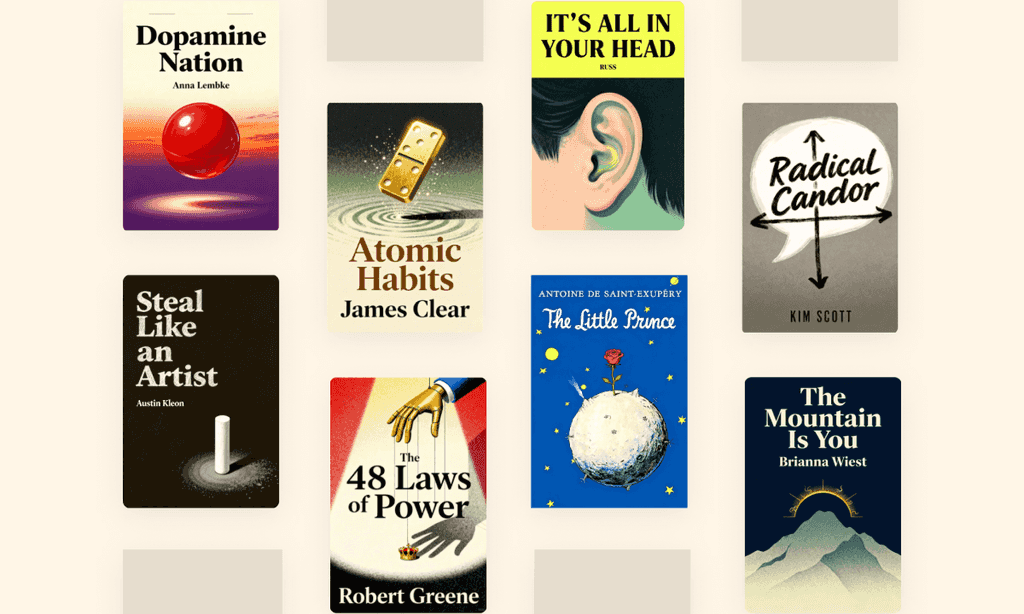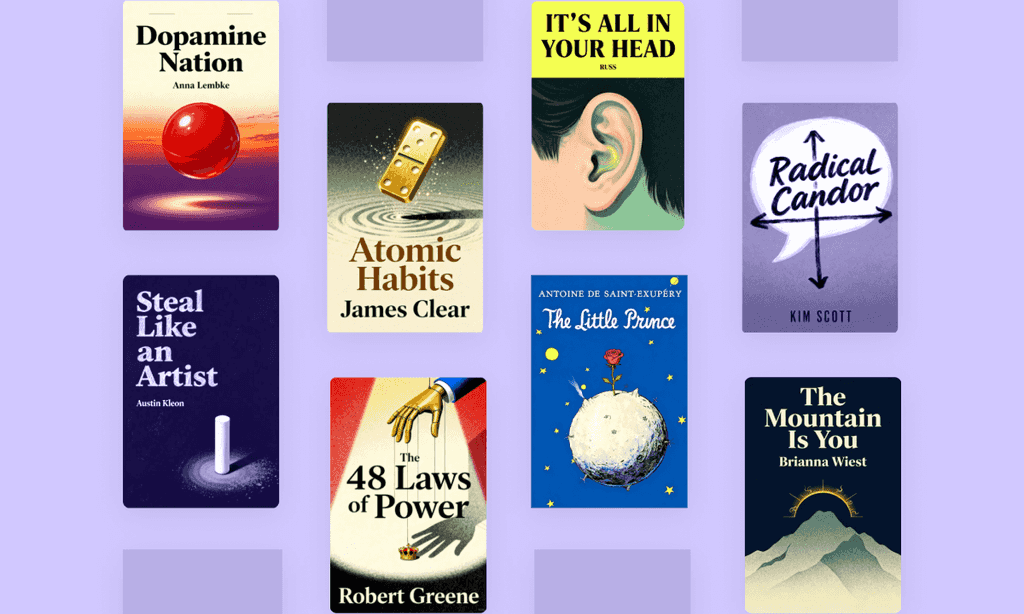The Color Purple by Alice Walker

Overview of The Color Purple
Alice Walker's Pulitzer-winning masterpiece follows Celie's journey through abuse to empowerment. First African-American woman to win this prestigious prize, Walker's controversial exploration of taboo subjects sparked cultural debates nationwide. Oprah loved it so much she starred in Spielberg's adaptation. Why does this story still resonate today?
About its author - Alice Walker
Alice Malsenior Walker, Pulitzer Prize-winning author of The Color Purple, is a groundbreaking novelist and civil rights activist whose work centers African American women’s voices. Born in 1944 to Georgia sharecroppers, her lived experiences of racial injustice and feminist resilience deeply inform this epistolary literary classic, which explores themes of trauma, queer identity, and liberation.
A Spelman College and Sarah Lawrence graduate, Walker became the first Black woman to win the Pulitzer Prize for Fiction in 1983. Her acclaimed literary catalog includes novels like Meridian and Possessing the Secret of Joy, poetry collections such as Revolutionary Petunias, and essays amplifying Black feminist thought.
A lifelong activist, Walker participated in 1960s civil rights marches and co-founded the feminist press Wild Trees. The Color Purple spawned Steven Spielberg’s Oscar-nominated 1985 film and a 2023 musical film adaptation, cementing its cultural legacy.
Despite frequent bans for its candid portrayals of abuse and sexuality, the novel has sold millions globally and remains a cornerstone of modern American literature. Walker’s journals, published in 2022, offer further insight into her creative process and social advocacy.
Key Takeaways of The Color Purple
- Black women's resilience as resistance against patriarchal oppression
- Queer love as a radical act of liberation and self-discovery
- Transformative power of female solidarity in overcoming systemic abuse
- Reclaiming spiritual identity through non-traditional divine connections
- Intergenerational healing through confronting silenced trauma narratives
- Economic independence as liberation from domestic subjugation
- Storytelling as survival mechanism and cultural preservation tool
- Complex portrayals of Black masculinity in oppressive societies
- Ancestral bonds transcending physical separation and colonial violence
- Redefining family structures beyond biological and marital constraints
- Color symbolism representing spiritual awakening and self-worth
- Alice Walker's intersectional examination of race-gender-class dynamics







